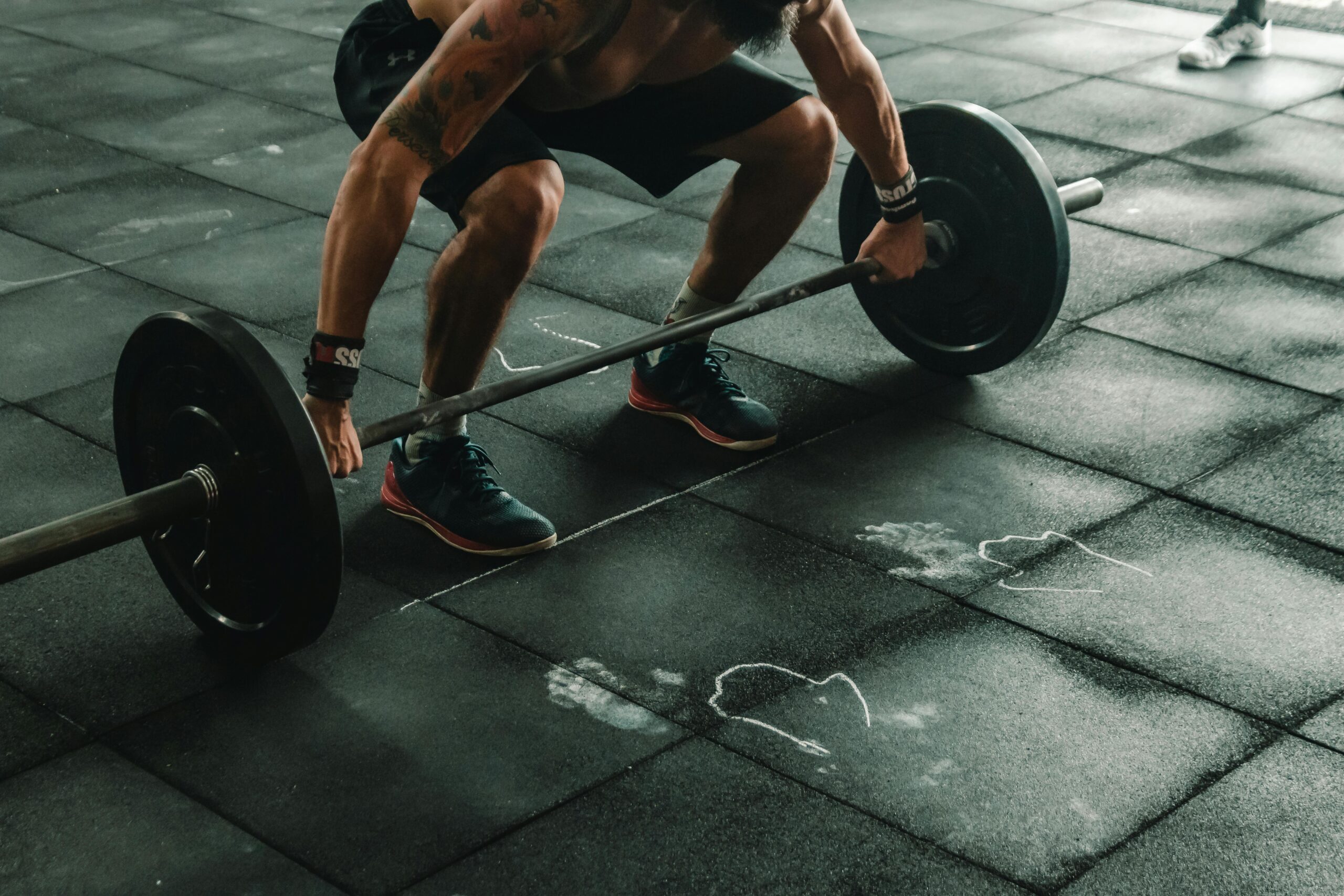
Mastering the Snatch: Key Techniques for Improved Performance
The snatch is one of the most intricate movements in weightlifting. To enhance your technique, consider the following essential tips:
1. Proper Setup is Key
A strong start position is crucial for the success of the lift.
Foot Position
Place your feet directly under your hips. This alignment maximizes your ability to generate an effective explosion at the top of the pull. Keep your weight centered over your mid-foot to maintain balance and engage your legs properly.
Bar Position
Start with the barbell positioned just above the balls of your feet. This setup allows you to harness the power of your legs and enables the bar to travel inward as you initiate the lift.
Shoulder Position
From a side view, visualize a line from your shoulders to the ground; it should intersect between your knees and the barbell, landing over the balls of your feet. Proper shoulder alignment will automatically position your hips for an optimal pull.
2. Creating an Ideal Bar Path
A smooth bar path is essential for a successful snatch. Focus on these critical elements:
Start of the Pull
With the correct setup, utilize your legs to initiate the lift from the ground. This leg engagement sets you up for a powerful explosion at the top of the pull by allowing your knees to move back, distributing forces effectively through your low back and hips.
Knees Moving Back
If you’ve set up correctly, your knees should naturally move back as your legs extend. Your shins should remain approximately perpendicular to the floor when the bar is in front of your kneecap.
Back Angle
A proper leg engagement will keep your back angle stable. As the bar reaches your knees, allow your shoulders to move slightly forward to compensate for the backward travel of the bar.
3. Transitioning to the Power Position
Maximizing power during the explosion involves a seamless transition. Pay attention to the following:
The Readjustment
Once the barbell passes your knees and your legs are fully extended, your knees will readjust under the bar due to hip extension.
The Power Position
As you continue to extend your hips, your torso should become more vertical as the barbell reaches your hips. Maintain your weight over the mid-foot at this stage, ensuring you hit the power position at the right moment to prevent the bar from moving forward.
The Explosion
If you’ve executed the previous steps correctly, focus on a forceful extension of your legs and hips. This powerful action should propel the barbell vertically rather than horizontally; too much emphasis on hip movement can result in a looping trajectory.
4. Speed Under the Bar
To achieve greater lifts, focus on your arm movement and body positioning during the turnover.
Active Upper Body
As you squat down, actively pull against the bar with your arms and upper back. This technique keeps the bar close to your body and enhances your awareness of its position.
Active Feet
Lifting your feet off the platform will improve your speed under the bar, allowing you to drop your hips more quickly.
Moving Hips Down
Concentrate on lowering your hips into the squat position to catch the barbell. This positioning ensures stability and strength, helping you avoid the tendency to drop your chest as you move under the bar.
5. Receiving the Barbell in the Overhead Squat
Here are key points to remember for a solid catch:
Bar Behind Head
From the side view, position the bar behind your head with your shoulders slightly internally rotated. This will help keep the bar over your upper back.
Foot Placement
Your feet should be wider than your hips, with your toes and knees tracking in the same direction. Whether your toes are turned out or straight ahead, ensure they move in unison with your knees.
Torso Posture
Set your hips back while keeping your torso relatively vertical, and lock out your arms overhead. This alignment will help you remain balanced over your mid-foot with the barbell in a stable position overhead.
These strategies will help you refine your snatch technique and elevate your performance in weightlifting.